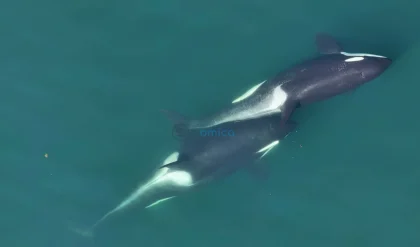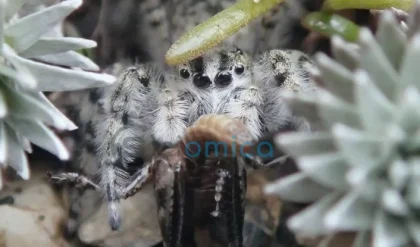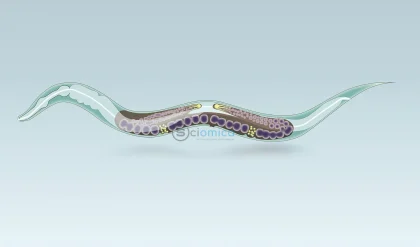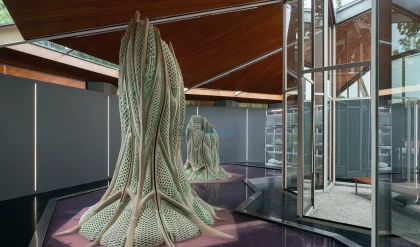
Recent genetic analysis of two remarkably preserved puppy remains, believed to be over 14,000 years old, has revealed that they are likely ancient wolves rather than the domestic dogs as previously thought. The findings stem from meticulous research conducted by scientists at the University of York, highlighting the importance of genetic data in understanding the evolutionary lineage of these canines, which are referred to as the ‘Tumat Puppies.’
Discovered in northern Siberia, approximately 40 kilometers from the village of Tumat, one puppy was unearthed in 2011 and the other in 2015 at a site known as Syalakh. These specimens were found encased in ice within soil layers alongside the remains of woolly mammoths, some of which exhibited burn marks indicating human activity. This has led researchers to speculate that the area may have served as a butchery site for prehistoric peoples, raising questions about the potential relationship between the puppies and early humans. While the idea of them being early domesticated dogs or tamed wolves has been a topic of interest, the latest findings challenge this hypothesis.
Genetic analysis revealed that the puppies, both female and approximately two months old, had a mixed diet that included meat and plant materials. Intriguingly, one of the puppies’ stomach contents contained evidence of woolly rhinoceros, a prey that is significantly larger than what modern wolves typically hunt, suggesting these ancient wolves may have been larger than their present-day counterparts. The fact that the puppies had been feeding on solid food, yet still showed evidence of nursing, indicates a nurturing dynamic prevalent in wolf packs even back then.
Despite their proximity to human-altered mammoth bones, there was no sign that the puppies consumed any mammoth meat. Instead, the undigested remnants of a woolly rhinoceros skin found in one puppy point to a recent meal before their untimely demise, likely caused by the collapse of their den following a landslide. The absence of injuries in the puppies further supports this theory.
Anne Kathrine Runge, a researcher involved in the study, expressed her astonishment at the ability to glean such detailed information from the remains. The previous notion that the Tumat Puppies were an early form of domesticated dogs, derived partly from their black fur—which was thought to be a genetic trait limited to dogs—is now challenged, as these puppies have no direct lineage to modern domestic dogs.
The study indicates that during the Pleistocene era, these wolf cubs lived in a diverse environment rich with various plant life, including prairie grasses, willow twigs, and other shrubs, suggesting a landscape that could support a multitude of ecosystems. This new data offers deeper insights into the ecological dynamics of the time and how the wolves that roamed the earth more than 14,000 years ago are strikingly similar to today’s grey wolves.
Research lead Dr. Nathan Wales noted that the soft tissue preservation of the Tumat Puppies allows for a unique perspective into wolf evolutionary studies. The findings imply that while the hunting of substantial prey like the woolly rhinoceros denotes a robust species, certain behaviors—such as pack dynamics and nurturing characteristics—remain consistent across ages.
These revelations signify an important chapter in our understanding of wolf evolution and the ongoing quest for the origins of domestic dogs. The collaborative research, including contributions from experts across multiple countries, has been published in the journal Quaternary Research, further advancing the field of archaeology and genetics.
Reference:
- Anne Kathrine Wiborg Runge, Jonas Niemann, Mietje Germonpré, Dorothée G. Drucker, Hervé Bocherens, Kseniia Boxleitner, Jazmín Ramos-Madrigal, Anna Linderholm, David W.G. Stanton, Alexandr Kandyba, Jonathan Brecko, Martine Van den Broeck, Robert Losey, Jannikke Räikkönen, Mikhail Sablin, Julia Stagegaard, Shyam Gopalakrishnan, Sergey Fedorov, Mikkel-Holger S. Sinding, M. Thomas P. Gilbert, Nathan Wales. Multifaceted analysis reveals diet and kinship of Late Pleistocene ‘Tumat Puppies’. Quaternary Research, 2025; 1 DOI: 10.1017/qua.2025.10






